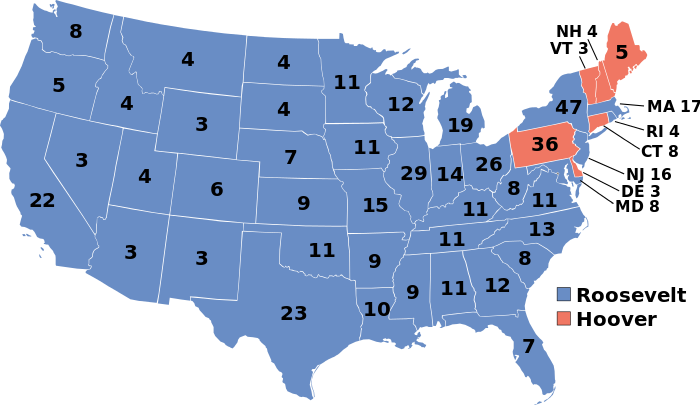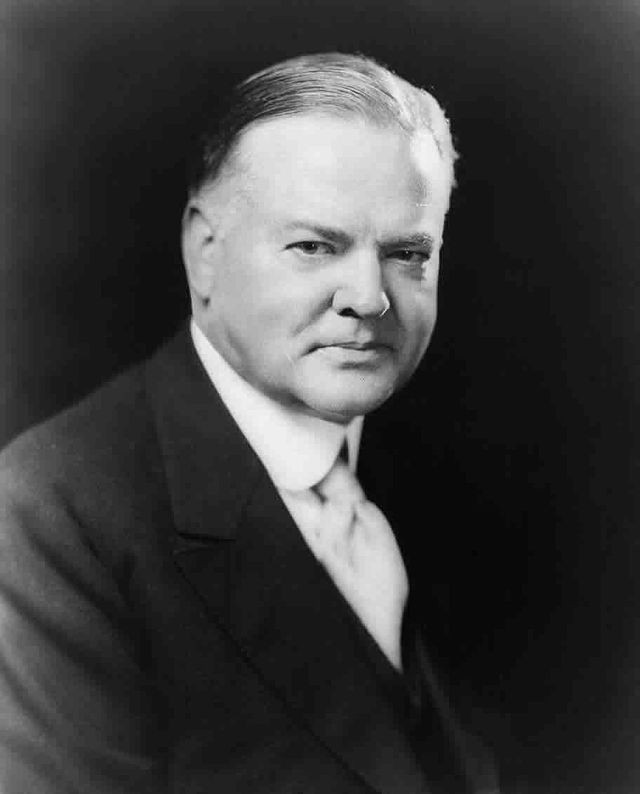The Most Consequential Elections in History Franklin Delano Roosevelt and the Election of 1932 US
Post on: 16 Март, 2015 No Comment

FDR led America to victory in World War II.
The stakes in this year’s presidential campaign are high. But that’s nothing new. There have been many other pivotal presidential elections in our history, some that set an entirely new course for the United States and a few that were crucial to the very survival of the republic. To put the current campaign in perspective, U.S. News‘s White House Correspondent Kenneth T. Walsh, author of four books on the presidency, examines the 10 most consequential elections in American history—the races that produced the biggest change and had the most lasting impact. An installment of this 10-part series will run on the U.S. News website each Wednesday through September. This is the eighth in the series.
In the fall of 1929, the stock market crashed, factories slashed production, companies made deep cuts in jobs, salaries plummeted, and the nation seemed to be in the middle of a nervous breakdown. As the months wore on, wage earners grew desperate. Many didn’t have enough money for food and rent, and more businesses contracted, producing further cuts in jobs and wages. Charities couldn’t care for the millions of people who needed help, and Americans increasingly looked to the government for relief. But President Herbert Hoover argued that rugged individualism would prevail and that it was not the government’s job to intervene aggressively in the economy.
By the end of his term, Hoover, a Republican, relented and tried to use the federal government to help those in need. But, by then, it seemed too late for limited measures, and his credibility was shattered. To challenge him, the Democrats nominated New York Gov. Franklin D. Roosevelt, a wealthy American aristocrat and fifth cousin of former President Theodore Roosevelt. His platform called for unemployment assistance, old-age insurance under state laws, legislation to protect labor, assistance for farmers, development of power plants, a repeal of Prohibition, and a balanced budget. He promised a New Deal for the American people and this became the slogan for FDR’s campaign and, later, his administration.
He won the 1932 election in a landslide with 22.8 million votes to Hoover’s 15.7 million. Roosevelt carried 42 states to Hoover’s six. Journalist William Allen White said FDR’s victory showed a firm desire on the part of the American people to use government as an agency for human welfare. The electorate had, in effect, taken nearly 150 years of tradition upholding limited government and, in their anxiety and anger, thrown it out the window.

In his inaugural address, carried to millions on the radio, the new president said, This great nation will endure as it has endured, will revive and will prosper. So, first of all, let me assert my firm belief that the only thing we have to fear is fear itself—nameless, unreasoning, unjustified terror, which paralyzes needed efforts to convert retreat into advance. His prescription was clear and heartening: This nation asks for action, and action now. Our greatest primary task is to put people to work. I am prepared under my constitutional duty to recommend the measures that a stricken nation in the midst of a stricken world may require. What followed was an unprecedented accretion of federal power.
It didn’t take long for FDR to jettison one of his major campaign promises—to balance the budget. He felt the pledge was outweighed by the need for government activism, and he began a new era of vast deficit spending. His approach was pragmatic, designed to get results and rebuild hope for the future.
FDR proceeded to win congressional approval for a wave of expensive social and economic programs. In the first 100 days, many new federal agencies were created to alleviate the nation’s plight, including the Federal Emergency Relief Administration to channel money through the states to the unemployed, the Civil Works Administration to create jobs; later, the Works Progress Administration to build long-term projects and create more jobs, and the Public Works Administration to build power plants, hospitals, schools, and other long-term projects with federal funds. The National Recovery Act gave the government broad powers to increase industrial production and help workers, such as by requiring a minimum wage of 40 cents an hour and giving labor the right to organize and strike.














